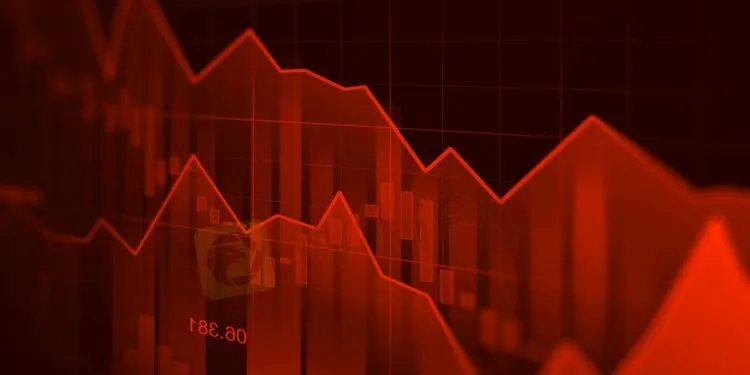简体中文
繁體中文
English
Pусский
日本語
ภาษาไทย
Tiếng Việt
Bahasa Indonesia
Español
हिन्दी
Filippiiniläinen
Français
Deutsch
Português
Türkçe
한국어
العربية
Understanding 5 Different Types of Volatility
Abstract:Volatility defines as the significant move of a price, it can be higher or lower. Volatility can happen to any asset. It has also measured and researched in the stock market. Here are the five types of volatility.

Price volatility happens if there is a strong swing in demand and supply. There are three main reasons for this. The first reason is the seasonality.
For instance, you will find hotel room prices rise during winter since people like to get away from the snow. On the other hand, the price significantly drops during the summer since people like to travel nearby.
The second reason is the weather. An example of this is agricultural products. The last factor is emotions. Most of the time, if traders are trading with their emotions, they will trigger volatility.
Stock Volatility
Some stocks are highly volatile by nature. These stocks are more risky for your investment portfolio. Consequently, investors try their best to get higher profit from these stocks. Thus, this stock should show consistent increasing prices or pay high dividends.
These days investors have had a tool to measure stock volatility. The name of this tool is beta.
Historical Volatility
Historical volatility reflects the amount of volatility of a stock in the past 12 months. The stock is more volatile and riskier if the price is more varied in the past year. These stocks become less attractive to investors.
To get profit, investors have to hold this stock until the price return. Traders can know the low and high point by studying the charts. Once the stocks at a high point, an investor can sell it to get profit. That is timing the market.
Market Volatility
It is the velocity of the changes of any asset prices, including forex, stock, and commodities. This volatility happens due to a lot of uncertainties. Bearish traders or short sellers usually drive the price down after bad news. On the other hand, bullish traders bid up prices after a good news appear.
Implied Volatility
It refers to the level of volatility that options traders think the stocks may have in the future.traders can know this type of volatility from the different future option prices. Rising option prices show increasing volatility, and vice versa.
During the volatile moment of the stock price, traders should buy the stock and wait for the stock price increase.

Disclaimer:
The views in this article only represent the author's personal views, and do not constitute investment advice on this platform. This platform does not guarantee the accuracy, completeness and timeliness of the information in the article, and will not be liable for any loss caused by the use of or reliance on the information in the article.
Read more

WikiEXPO Dubai 2024 is coming soon
3 Days Left!

Trader Exposes Unethical Practices by STP Trading
A recent allegation against STP Trading has cast doubt on the firm's business practices, highlighting the potential risks faced by retail traders in an increasingly crowded and competitive market.

What Makes Cross-Border Payments Easier Than Ever?
Cross-border payments are now faster, cheaper, and simpler! Explore fintech, blockchain, and smart solutions to overcome costs, delays, and global payment hurdles.

WikiEXPO Dubai 2024 is set to open!
4 Days Left
WikiFX Broker
Latest News
Webull Partners with Coinbase to Offer Crypto Futures
eToro Expands Nationwide Access with New York Launch
Why Is UK Inflation Rising Again Despite Recent Lows?
Hackers Charged for $11M Crypto Theft Using SIM-Swaps
Role of Central Banks in the FX Market
FCA Alerts Against Sydney FX
What Makes Cross-Border Payments Easier Than Ever?
Trader Exposes Unethical Practices by STP Trading
Interactive Brokers Launches Tax-Friendly PEA Accounts in France
Google Warns of New Deepfake Scams and Crypto Fraud
Currency Calculator


